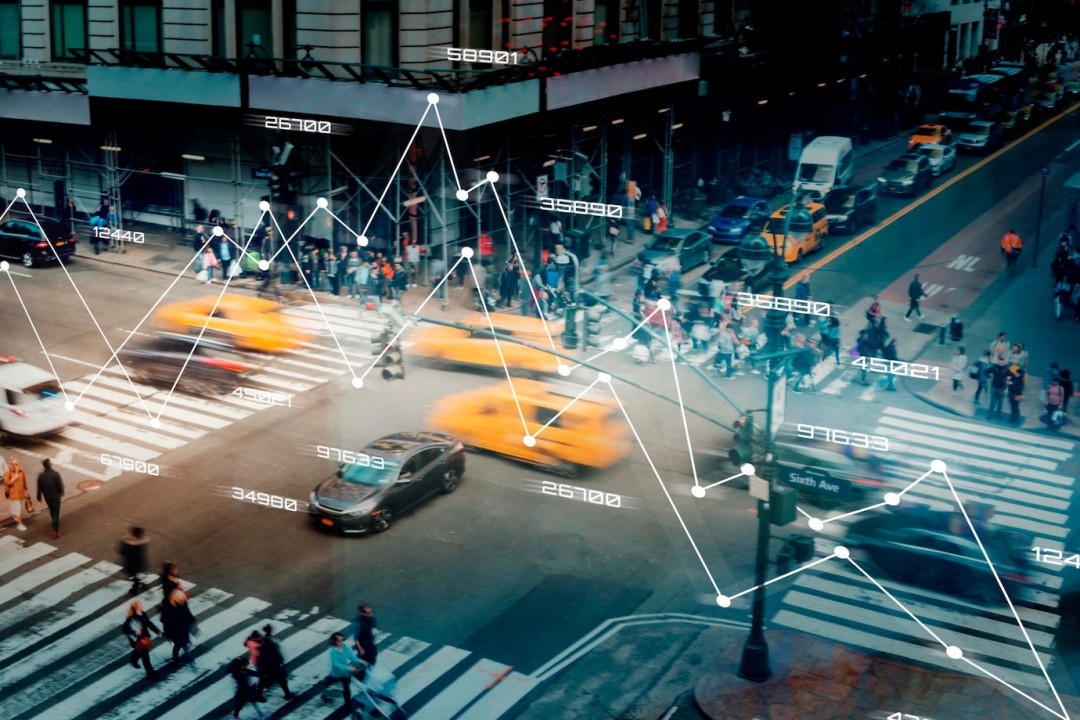
The Rise of Autonomous Vehicles: How AI is Driving the Future of Transportation
Exploring the Fundamentals of Artificial Intelligence
What is Artificial Intelligence? (AI) has become a ubiquitous term in today’s technological landscape, but what exactly does it entail? At its core, AI refers to the development of computer systems capable of performing tasks that typically require human intelligence. These tasks encompass a wide range of activities, from understanding natural language to recognizing patterns in data and making decisions based on complex algorithms.
Key Points:
- Machine Learning:
- Machine learning is a subset of AI that focuses on enabling computers to learn from data without explicit programming.
- Algorithms learn patterns and relationships from data, allowing systems to make predictions or decisions based on new information.
- Supervised learning, unsupervised learning, and reinforcement learning are common approaches within machine learning, each with its unique applications and challenges.
- Deep Learning:
- Deep learning is a specialized field within machine learning that utilizes artificial neural networks to mimic the human brain’s structure and function.
- Neural networks consist of interconnected layers of nodes (neurons), where each layer extracts increasingly abstract features from the input data.
- Deep learning has achieved remarkable success in tasks such as image recognition, natural language processing, and speech recognition, surpassing human performance in some domains.
- Natural Language Processing (NLP):
- NLP is a branch of AI focused on enabling computers to understand, interpret, and generate human language.
- Applications of NLP range from virtual assistants like Siri and Alexa to sentiment analysis, machine translation, and text summarization.
- NLP algorithms leverage techniques such as tokenization, part-of-speech tagging, named entity recognition, and syntactic parsing to process and analyze textual data.
- Computer Vision:
- Computer vision involves teaching computers to interpret and understand the visual world, enabling tasks such as object detection, image classification, and facial recognition.
- Convolutional neural networks (CNNs) are commonly used in computer vision, capable of learning hierarchical representations of visual features.
- Applications of computer vision span various industries, including autonomous vehicles, medical imaging, surveillance, and augmented reality.
- AI Ethics and Bias:
- As AI technologies become increasingly integrated into everyday life, ethical considerations surrounding their development and deployment are paramount.
- Issues such as algorithmic bias, data privacy, transparency, and accountability raise ethical dilemmas that require careful attention and regulation.
- Ensuring fairness, equity, and inclusivity in AI systems is essential to mitigate potential harm and promote trust among users and stakeholders.
Embracing Autonomous Vehicles for a Safer and Efficient Future
Autonomous vehicles, once a futuristic concept, are rapidly becoming a reality in today’s world, thanks to advancements in Artificial Intelligence (AI) and related technologies. The integration of AI into transportation systems is revolutionizing the way we commute, deliver goods, and even think about urban planning. As these self-driving vehicles become more prevalent, they promise to enhance safety, efficiency, and accessibility on our roads. Let’s delve into how AI is shaping the future of transportation through the rise of autonomous vehicles.
Key Points:
- Safety First:
- Autonomous vehicles leverage AI algorithms to perceive and analyze their surroundings, making split-second decisions to navigate safely.
- AI enables vehicles to detect and respond to pedestrians, cyclists, and other vehicles more accurately than human drivers, potentially reducing accidents caused by human error.
- Advanced sensors such as LiDAR, radar, and cameras provide a comprehensive view of the vehicle’s environment, allowing it to anticipate and react to potential hazards proactively.
- Efficiency in Mobility:
- AI-powered autonomous vehicles have the potential to optimize traffic flow, reducing congestion and travel times.
- By communicating with each other and infrastructure through Vehicle-to-Everything (V2X) technology, these vehicles can coordinate movements, leading to smoother traffic patterns.
- Ride-sharing and on-demand autonomous fleets could further enhance efficiency by maximizing vehicle utilization and reducing the need for personal car ownership.
- Accessibility and Inclusivity:
- Autonomous vehicles have the capacity to revolutionize transportation for individuals with disabilities or limited mobility, offering newfound independence and accessibility.
- Elderly individuals and those without access to traditional modes of transportation could benefit from autonomous shuttles and ride-hailing services, improving their quality of life.
- Rural areas, often underserved by public transportation, could see increased accessibility through autonomous vehicle networks, connecting remote communities to essential services.
- Environmental Impact:
- The efficiency gains from autonomous vehicles, coupled with the electrification trend, could significantly reduce greenhouse gas emissions from the transportation sector.
- AI-driven route optimization and energy management systems can minimize fuel consumption and emissions, contributing to a more sustainable transportation ecosystem.
- As autonomous vehicles become mainstream, there is potential for a shift towards shared mobility models, leading to fewer vehicles on the road and decreased environmental footprint per capita.
- Challenges and Considerations:
- Despite the promising prospects, the widespread adoption of autonomous vehicles faces several challenges, including regulatory hurdles, cybersecurity concerns, and public acceptance.
- Ethical dilemmas surrounding decision-making algorithms in critical situations raise questions about liability and moral responsibility.
- Infrastructure upgrades, including dedicated lanes and communication networks, are essential to support the seamless integration of autonomous vehicles into existing transportation systems.
In conclusion,
the rise of autonomous vehicles driven by AI represents a transformative shift in the way we approach transportation. From enhancing safety and efficiency to improving accessibility and sustainability, these vehicles hold immense potential to shape the future of mobility. However, realizing this potential requires addressing various challenges and considerations while fostering collaboration among stakeholders from government, industry, and academia. By embracing autonomous vehicles and leveraging AI technologies responsibly, we can pave the way for a safer, more efficient, and inclusive transportation landscape for generations to come.







